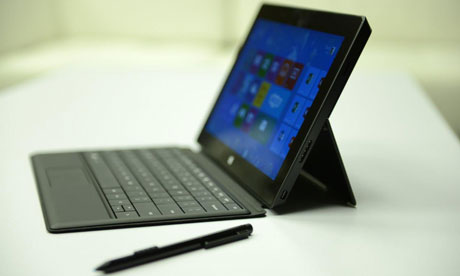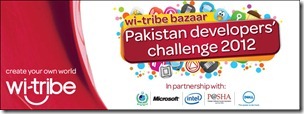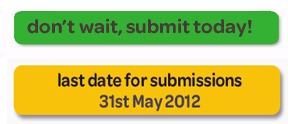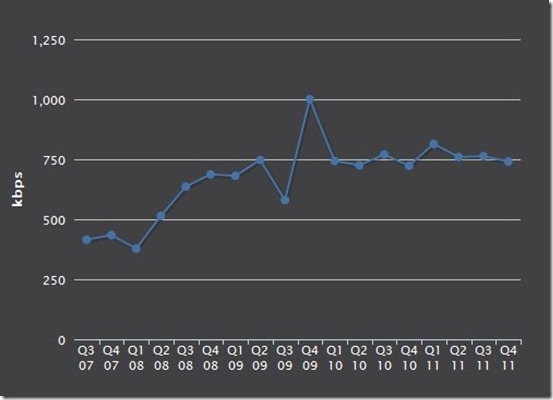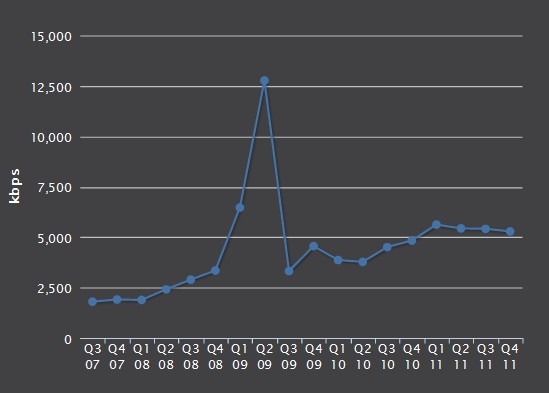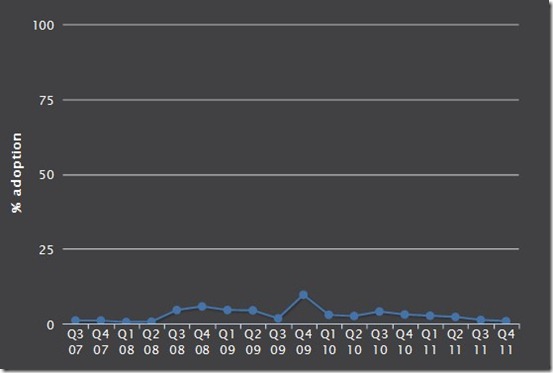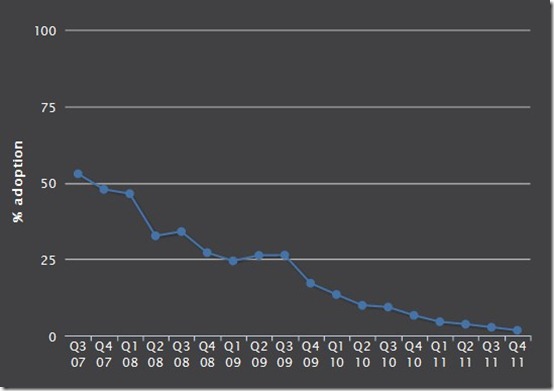I’m looking for a good 7in or 8in tablet, and I don’t know what to do. It doesn't have to have a super-duper HD retina display or Dolby sound. I use it mainly for Microsoft Exchange email, browsing, watching the occasional BBC video or live news etc, and running a few apps. I’m not a gamer.Currently, I’m using a Kindle Fire to fill the gap, but it’s very limited both in terms of capabilities (what can be installed) and grunt.I have bought four Android tablets -- a Samsung Galaxy Tab 7 (Wi-Fi/3g) in 2011 and three Google Nexus 7 tablets, including new and old models -- and they have all had problems. This year I tried another 2012 Nexus 7. All was well for a few days until Android updated to KitKat (4.4.2 KOT49H), when I started having exactly the same touch screen problems as I had had with both 2013 units. Having frequently suffered from things being broken by Android updates, this has just made me sick of Android.I thought perhaps of a Windows 8 (not RT) tablet. I like the idea of being able to run some of my desktop software on a tablet, but they are just too expensive.I also did something I thought I’d never do -- consider an Apple device -- so I’ve been reading up on the iPad Mini. The old model is now going for around £215, and I don’t really want to go too much higher. However, I’m not a fan of the Apple “closed” system or having iTunes installed: years ago it completely trashed my PC. Also, when I tried an iPad Mini, the video clips on the BBC News website wouldn't play. The sales assistant told me the only way to watch BBC videos was by using the BBC News app, which curiously didn't work.
I’m tempted to suggest a BlackBerry tablet as that may be the only one you haven’t tried, and they are very cheap. However, the fact is that Android is the only real choice in the cheap tablet market (£50-£200) apart from Amazon’s Kindle Fire, and you already have one of those. Also, it’s not much of an alternative in the sense that it uses a forked version of the open source part of Android, without the proprietary Google layer that provides access to Google Play etc.
When it comes to choosing between an Apple iPad and a Windows 8 tablet, they are different beasts with different capabilities. You’d usually choose an iPad to get access to the vast selection of high-quality apps, which have actually been designed for tablets rather than phones. You’d usually choose a Windows 8 tablet because it provides access to the vast selection of Windows programs. The Windows Store now has about 240,000 tablet apps and covers most needs, but it’s still nowhere near the iPad’s ecosystem.
I don’t think there’s actually much difference in terms of ease of use in tablet mode, once you have learned the specific edge-swipes that do special things in the Metro-sorry-modern interface. (If you won’t learn those, you have no chance.) Most of the complaints about Windows 8 have been about using the tablet interface to access desktop features, and Microsoft is in the process of fixing those.
I’ve been using a Haswell-powered Surface Pro 2 on loan from Microsoft, and while it has many improvements over the first version, the experience hasn’t really changed the views I expressed when I reviewed it here (Microsoft Surface Pro review: a device of many talents). It’s amazingly versatile. For example, you can use it as a desktop with full size keyboard and monitor -- or several monitors -- and its Wacom-style pen-operated graphics make it exceptionally good value for creative types. It also makes life simpler when you can do PC-level photo and video editing then switch to tablet-style viewing on the same machine. It’s dramatically cheaper than buying a desktop, an Ultrabook, a graphics tablet, and a tablet. On the other hand, it’s not the optimum choice for any particular function, and if you don’t need all the features, it’s an expensive option.
It’s true that Windows 8 tablet hybrids can cost from about £350 to over £1,000, but new tablets with 8in screens are very much cheaper, and prices now start at about £250. (Or, for American buyers, about $250.) They can still do all the good stuff, such as supporting multiple monitors, though usually without the high-resolution digitising pen input. The obvious drawback is that an 8in screen is very small for running desktop programs, especially if you don’t know them well enough to use keyboard shortcuts.
The cost savings come from the smaller screen sizes and the use of 32-bit Intel Atom chips with 2GB of memory. However, the new Bay Trail chips are dramatically better than the old Atoms used in netbooks. For example, the Z3770 is roughly as fast as an Intel Celeron 1007U or a low-voltage Core i3-4010Y, and ahead of old staples such as the second-gen Core i3-2375M. Of course, the extra efficiency of Windows 8 helps as well.
Cheaper Windows?
There may be further price reductions to come, both through economies of scale -- production is still ramping up -- and because Microsoft might cut the price of Windows 8 on ultra low cost PCs.
You may know that netbooks were cheap partly because Microsoft offered manufacturers a special version of Windows XP called Home Edition ULCPC for “ultra low cost personal computers”. The rumoured price was closer to $15 than the usual $45, but it was basically free money for Microsoft -- XP had reached the end of its very profitable life -- and netbook manufacturers preferred it to free Linux. Today, the competition is with free Android, and Microsoft is willing to cut the price because it wants to sell more copies of Windows 8. (And it needs to sell more Windows 8 tablets to encourage developers to write more apps for the Windows Store.)
Anyway, on February 22, Bloomberg reported: “Manufacturers will be charged $15 to license Windows 8.1 and preinstall it on devices that retail for less than $250, instead of the usual fee of $50, said the people, who asked not to be named because the details aren’t public. The discount will apply to any products that meet the price limit, with no restrictions on the size or type of device, the people said.”
Currently there are exactly zero Windows 8.1 devices designed to retail for less than $250 (though you might get one in a sale), so if the story is true, Microsoft is trying to penetrate a part of the market that now goes by default to Android devices and low-end Chromebooks in the $199.99 to $249.99 price range.
Windows 8 mini-tablets
If you fancy trying an 8in Windows 8 tablet, there are several to choose from. The notable ones include the Dell Venue 8 Pro, Toshiba Encore, Acer Iconia W4, Lenovo MiiX 2 and Asus VivoTab Note 8.
The cheapest I can see at the moment is a Toshiba Encore 8 with 32GB of storage on sale (£50 off) for £199.99 at PC World. This has micro-USB and micro HDMI ports so you could plug it into a monitor or TV set, and apparently includes £100-worth of Microsoft Office Home and Student 2013. This is the same price as a Nexus 7 and cheaper than your discounted iPad Mini, without even counting the extra cost of Apple cables.
The rule of thumb is that 32GB on Windows tablets is equivalent to 16GB on Android and iPad tablets, but you can improve on that using tips from this Guide to Maximizing Disk Space on your Dell Venue 8 Pro (or other Windows 8.1 system). The standard tricks include copying off the Recovery platform, which saves 5GB or 6GB, and mounting a fast 64GB SD card as Permanent Storage.
I have nothing against the iPad Mini: when I had one on loan from Apple, I liked it a lot and gave it a five-star review. It played BBC videos perfectly, and colours looked more naturalistic than they did on a Kindle Fire. Also, if you want access to the iPad ecosystem, it’s the cheapest option. However, a Windows tablet will do the tablety things you need, and it will enable you to RDP into your desktop PC, and stream videos via an Xbox, if you have one. It will also run Adobe Flash and standard desktop PC software using a PC or wireless Bluetooth keyboard. And you won’t be forced to install iTunes.
